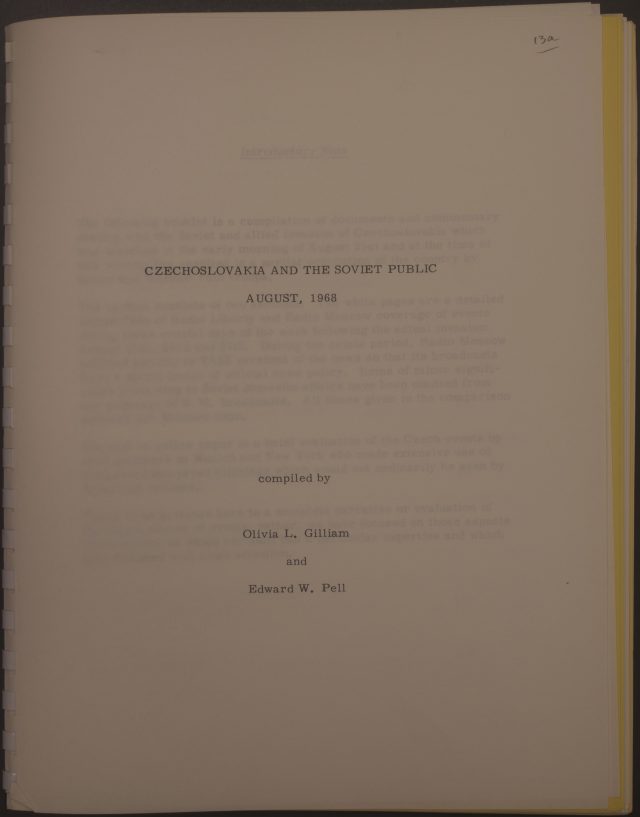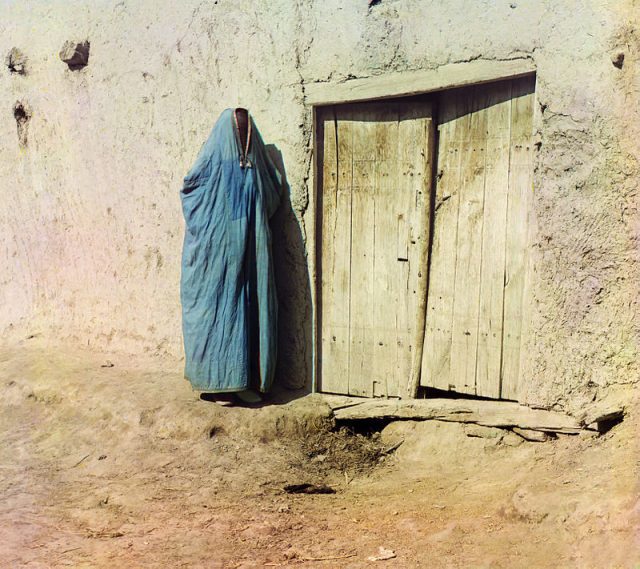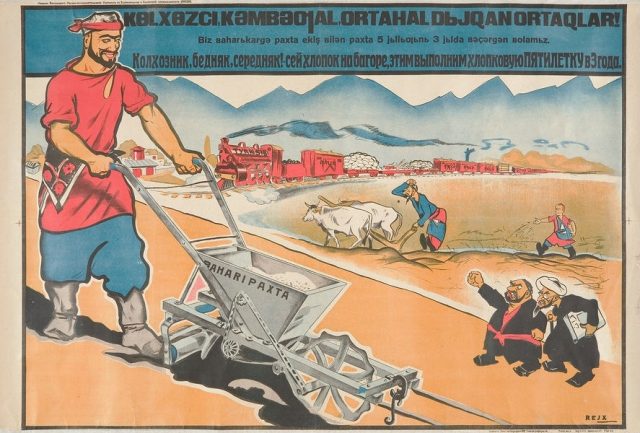By Ian Goodale
In an unpublished letter to the Soviet daily newspaper Izvestiia, Liudmila Chukovskaya wrote that “muteness has always been the support of despotism.” This quote is cited in the booklet, Czechoslovakia and Soviet Public, compiled by the Radio Liberty Committee in New York in August 1968 to analyze the coverage of the Soviet invasion of Prague. During the Cold War, the media—and radio broadcasts in particular—were used as weapons by the U.S. and the Soviet Union in their battle to define a geopolitical narrative in line with their respective national interests. By examining the ways that both U.S.-backed and Soviet-supported media sources attempted to portray the events of the invasion of Czechoslovakia, this booklet serves as an important resource not just for understanding this specific event, but for how media was used by the two superpowers in their struggle for power and influence.
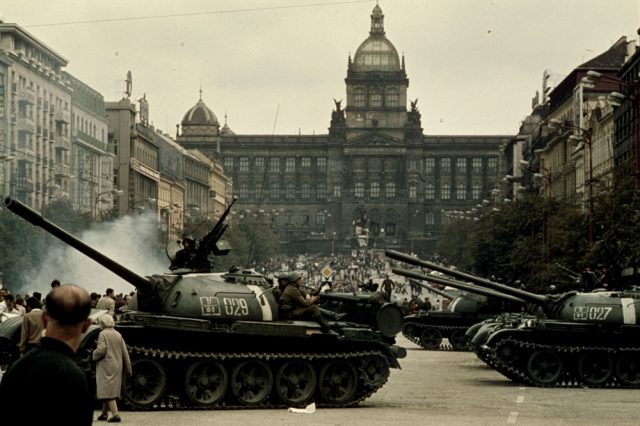
Soviet invasion of Prague, 1968 (via Mitteleuropa).
The two media sources analyzed by the booklet, Radio Liberty and Radio Moscow, were key propaganda arms of the United States and the USSR, respectively. In addition to the comparison of the coverage of these events by Radio Liberty and Radio Moscow, the booklet contains evaluations of the Czech events by staff members of the Radio Liberty Committee in Munich and New York, utilizing various documents and press clippings unavailable to the general American public. As such, the document provides a comprehensive overview of the events surrounding the Prague Spring as they were depicted by the popular and state-run media. This is not a complete narrative of the invasion, but a direct account of the ways it was portrayed by opposing sides of the conflict.
Radio Liberty, a radio station funded by the U.S. government to counter the Soviet-funded Radio Moscow, was a key piece of the U.S.’s propaganda strategy in its fight against the spread of communism in Europe. Founded in 1951 as an anti-communist news service directly targeting the Soviet Union, it began broadcasting in 1953, four days before the death of Stalin. It eventually expanded from its initial broadcasting base in Germany to include transmitters in Portugal, Spain, and Taiwan, the latter of which was used to direct broadcasts to Russia’s eastern provinces. By December of 1954, Radio Liberty was broadcasting in 17 different languages.
Radio Moscow, a state-run station in the Soviet Union, served a similar propagandistic role, broadcasting in German, English, and French in an attempt to reach western European audiences. The U.S. began to be targeted by the broadcasts in the 1950s, during the Cold War, with transmitters situated first in the Moscow region and, later, in Vladivostok and Magdalan. In the early 1960s the station began broadcasting in African languages, further broadening its audience.

Radio Free Europe/Radio Liberty still has an office in Prague and broadcasts in Eastern Europe, Central Asia, and the Middle East (via Wikimedia Commons).
The booklet notes the differing strategies of the two countries in their handling of the invasion. Soviet media, for example, simply refused to acknowledge a host of inconvenient truths regarding Czechoslovakia, remaining, as the booklet notes, “blind and mute” to student demonstrations, the broader democratization of Czech society, and even the replacement of party leader Antonín Novotný with Alexander Dubček. While Radio Liberty broadcast favorable news widely to promote its agenda–such as the fact that Czech citizens missed “no occasion…to let the Soviet troops know they were not welcome…students walked brazenly with flags under the long guns of the tanks”–Radio Moscow remained silent on unfavorable events.
But this silence could not last. The Soviet strategy soon transitioned from this calculated muteness to one of scathing criticism of liberalization in Czechoslovakia. As Izvestiia proclaimed on September 7th, Radio Liberty and other Western media outlets–described as “press and radio working in the service of the monopolies”–were creating “vile anti-communist inventions” to undermine the Soviet Union. “Every day,” the paper proclaimed, “brings new proof of the provocatory role of imperialist propaganda.”
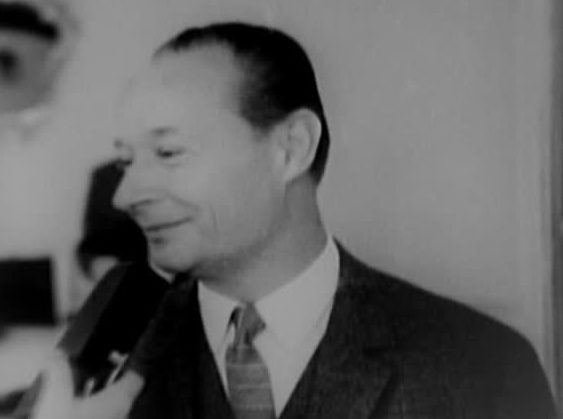
Alexander Dubček attempted to reform socialism in Czechoslovakia, which antagonized hardliners in Moscow and staunch Czech and Slovak anti-socialists (via Wikimedia Commons).
By comparing the reports from Radio Liberty and Radio Moscow side-by-side, these differing strategies become all the clearer. Situated within the broader Prague Spring archive, the document is a source that helps to understand how both the U.S. and Soviet governments strategized their media communications in a cultural and political battle, spinning events to serve their respective narratives. In an era of conflict and confusion over the geopolitical future, portrayal of the present became a battleground of ideologies, the media a weapon to promote each side’s agenda.
![]()
Olivia L. Gilliam and Edward P. Pell, August, 1968. Czechoslovakia and the Soviet Public. The University of Texas, Austin, TX. Accessed January 21, 2017. https://repositories.lib.utexas.edu/handle/2152/38273
doi:10.15781/T2PN8XF39
![]()
More by Ian Goodale on Not Even Past:
The Prague Spring Archive Project.
You may also like:
Restless Youth: The CIA, Socialist Humanism, and Yugoslavia’s 1968 Student Protests.
Historians on Occupy Wall Street: Protest, Dissent, and the Search for Order.
![]()
